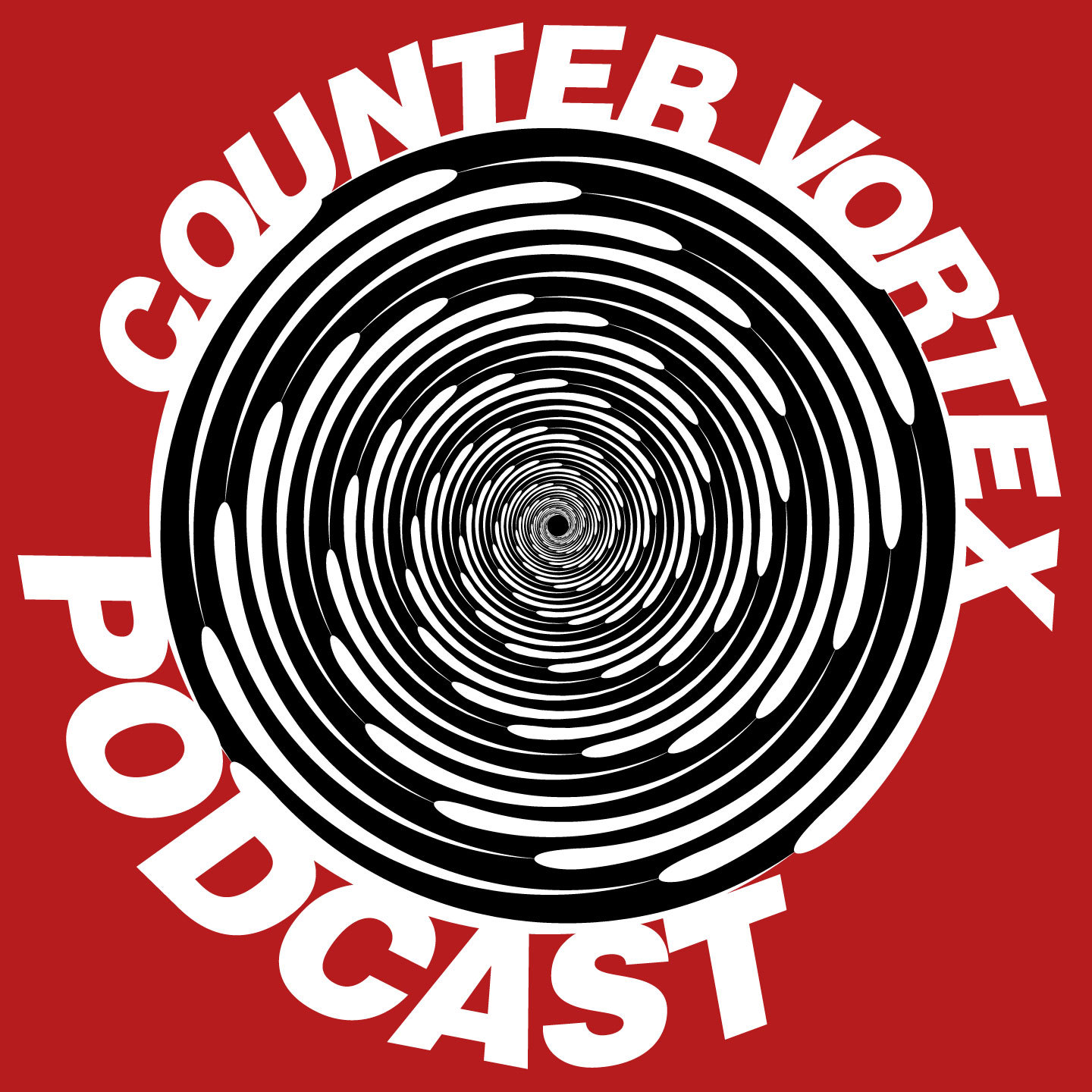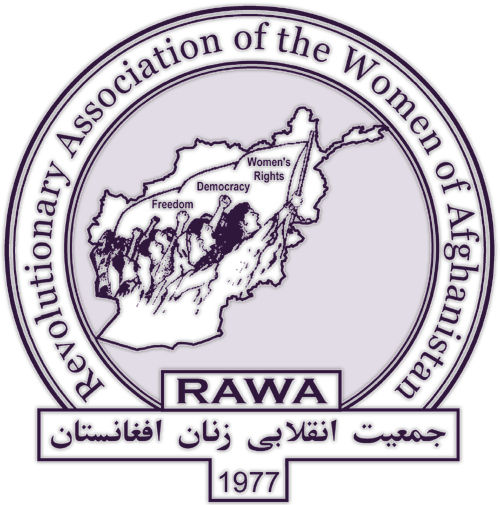Daily Report
Chad boots Exxon consortium members
Note that these two articles take seemingly opposite tacks. The first, from the UN's news agency, raises fears that Chad's move against Exxon and Chevron is aimed at weaseling out of World Bank-imposed commitments to put oil proceeds into social development, and quotes Oxfam on the matter. The second, from a Johannesburg business journal, merely raises the specter of oil nationalism, as if "gaining greater control of the country's strategic oil resources" was necessarily a bad thing. Is there a unity of these opposites? Is the World Bank deal just a stratagem to prevent the developing world from seizing control of its destiny and keeping it dependent on the likes of Exxon? The problem is that while more legitimate oil nationalists, such as Venezuela's Hugo Chavez, are ploughing petro-dollars into social programs without World Bank prodding, Chad's Idriss Deby really does seem intent on putting guns before butter. Of course the guerilla war which serves to justify this is a result of his embroilment in the Darfur conflict, at the presumed behest of the United States... First, from IRIN, Aug. 29 via AllAfrica.com:
Baluchistan explodes
A big step closer to the destabilization of Pakistan. From Reuters, Aug. 29:
QUETTA, Pakistan - Security forces and gunmen clashed on Tuesday in Pakistan's Baluchistan province after prayers for a slain rebel leader and one policeman was killed, while a blast elsewhere killed three people, police said.
Kurdish Liberation Hawks take war to Istanbul
A radical offshoot from the PKK seems to be emulating al-Qaeda tactics. From Reuters, Aug. 29:
Kurdish rebels warn of "hell"
ANTALYA, Turkey - A shadowy Kurdish rebel group threatened on Tuesday to turn Turkey into "hell" after a two-day bombing spree which killed three people and wounded dozens of others at popular tourist resorts.
Israel as "America's Rottweiler"
In the wake of the Lebanon aggression, Uri Avnery invokes the image of Israel as Washington's attack dog—as he has before. Online at Gush Shalom, Aug. 26, emphasis added:
America's Rottweiler
IN HIS latest speech, which infuriated so many people, Syrian President Bashar al-Assad uttered a sentence that deserves attention: "Every new Arab generation hates Israel more than the previous one."
Nasrallah chills out?
From AP, Aug. 26:
BEIRUT: Hezbollah leader Sheik Hassan Nasrallah said in a TV interview aired Sunday that he would not have ordered the capture of two Israeli soldiers if he had known it would lead to such a war.
Nasrallah makes Palestine pop charts
From the AP, Aug. 26:
YAMOUN, West Bank - They were struggling in a boy band, working the West Bank wedding circuit and dreaming of stardom.
Now the five singers who make up the Northern Band have come a little closer to their goal, with help from an unwitting ally - Hezbollah guerrilla chief Hassan Nasrallah.
Iran National Orchestra performs "Nuclear Energy Symphony"
From the Mehr News Agency, Aug. 24:
TEHRAN -- Iran's National Orchestra will be performing the symphony "Nuclear Energy" composed by Kambiz Roshanravan at Tehran's Vahdat Hall on August 27 in a program which President Mahmud Ahmadinejad is scheduled to attend.
Hebron: Israeli settlers steal ancient mosque window
The Ibrahimi mosque/Tomb of the Patriarchs in Hebron/Khalil has been a flash point for decades. It was split into Muslim and Jewish sides after Israeli settler Dr. Baruch Goldstein massacred 29 Palestinian worshipers in 1994. From Ma'an News Agency, Aug. 28 (via Kibush):
Israeli settlers break into Muslim side of Ibrahimi Mosque in Hebron
Hebron – Israeli settlers broke into the Al Is`haqiyyah area of the Ibrahimi Mosque in the West Bank city of Hebron on Sunday night.
Eleven Israeli settlers broke through the main gate of the Ibrahimi Mosque in spite of attempts by the mosque`s guards to prevent them entering.















Recent Updates
4 hours 43 min ago
5 hours 5 min ago
1 day 7 hours ago
2 days 6 hours ago
2 days 6 hours ago
2 days 7 hours ago
2 days 7 hours ago
2 days 7 hours ago
3 days 8 hours ago
4 days 5 hours ago